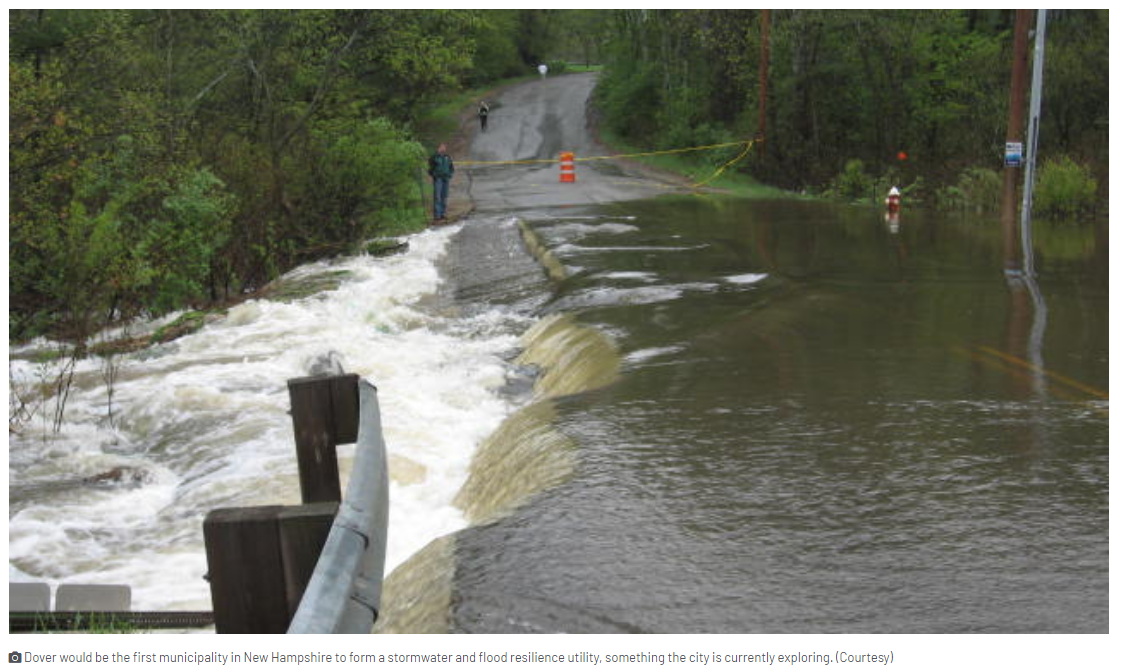What Can Your RPC Do For You?
The information contained in this article is not intended as legal advice and may no longer be accurate due to changes in the law. Consult NHMA's legal services or your municipal attorney.
The nine New Hampshire regional planning commissions collectively authored the following series of snapshots to illustrate the many ways in which they can support your local planning needs.

